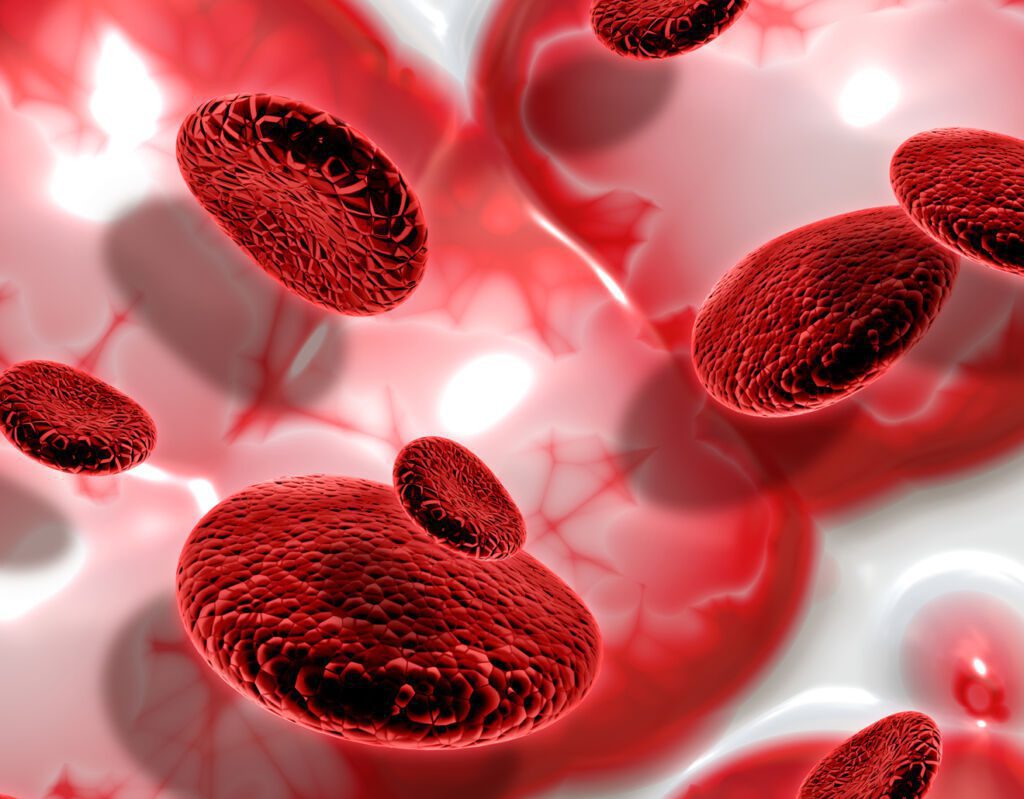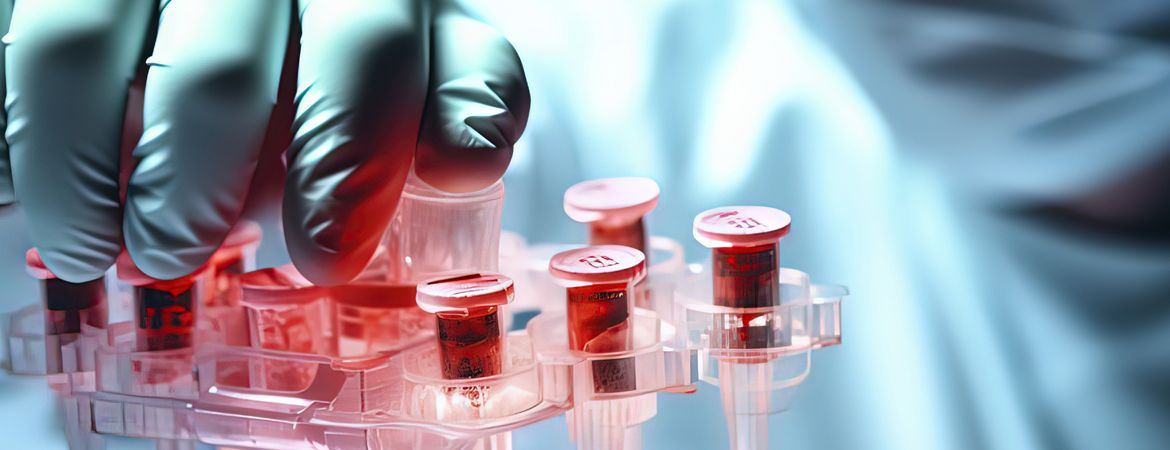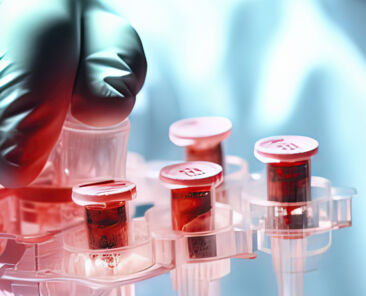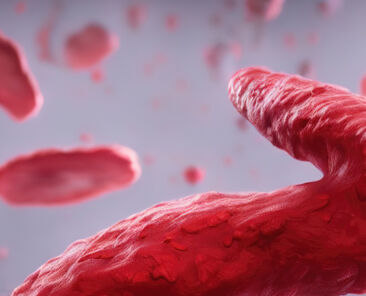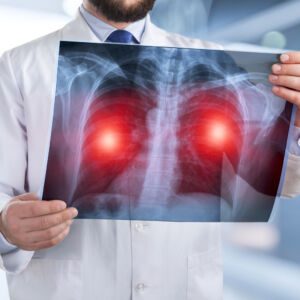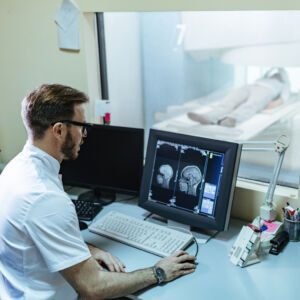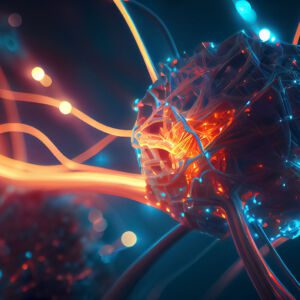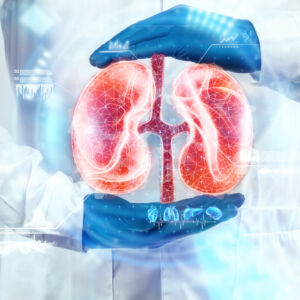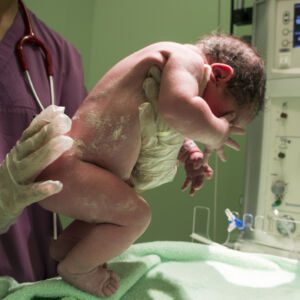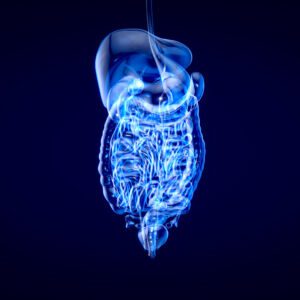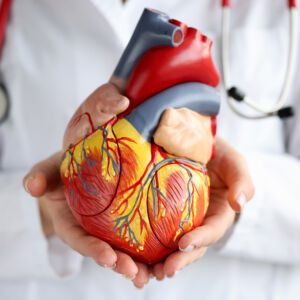Haematology is the medical speciality that studies the blood, blood-forming organs (bone marrow, lymph nodes and spleen) and their diseases.
THROMBOCYTOSIS
Thrombocytosis is an abnormal increase in the number of platelets in the blood. This leads to a thickened blood clot, which can cause complications such as a stroke or heart attack.
The word thrombocytosis comes from two Greek roots: thrombos, meaning blood clot, and kytos, meaning cell.
Although thrombocytosis (treated in our haematology department) can occur on its own, it is often associated with other conditions or diseases. Some of these are related to the formation of blood clots (thrombotic disorders), while others affect the body’s ability to produce blood platelets (immune system disorders).
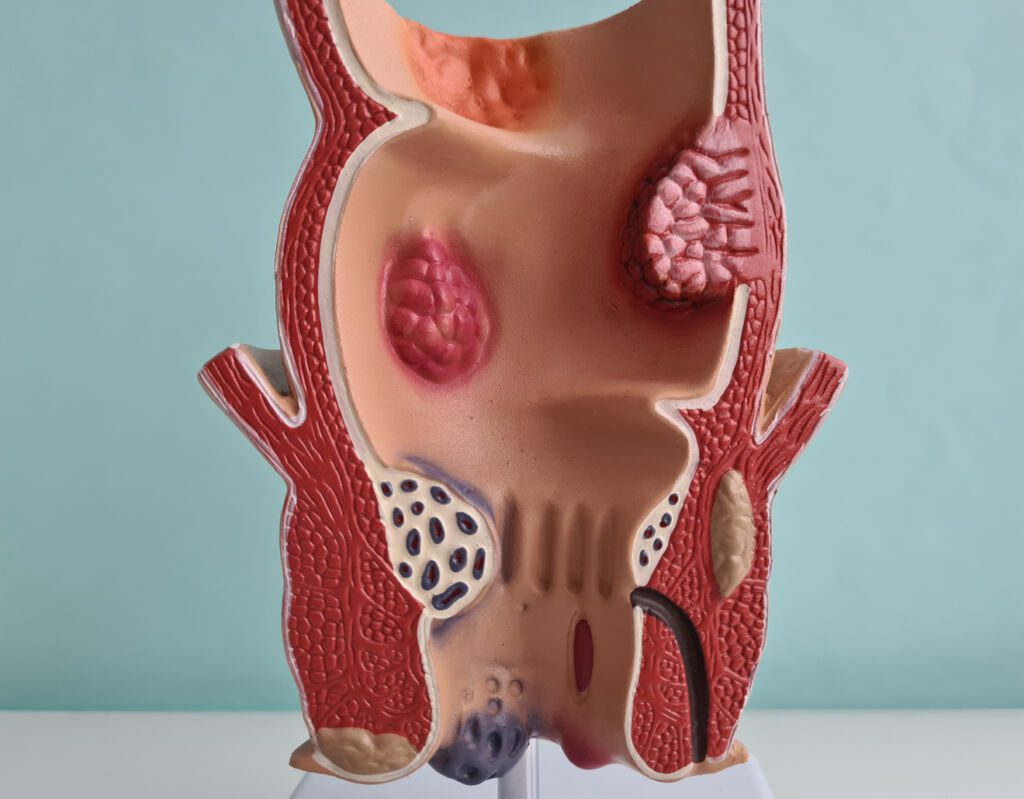
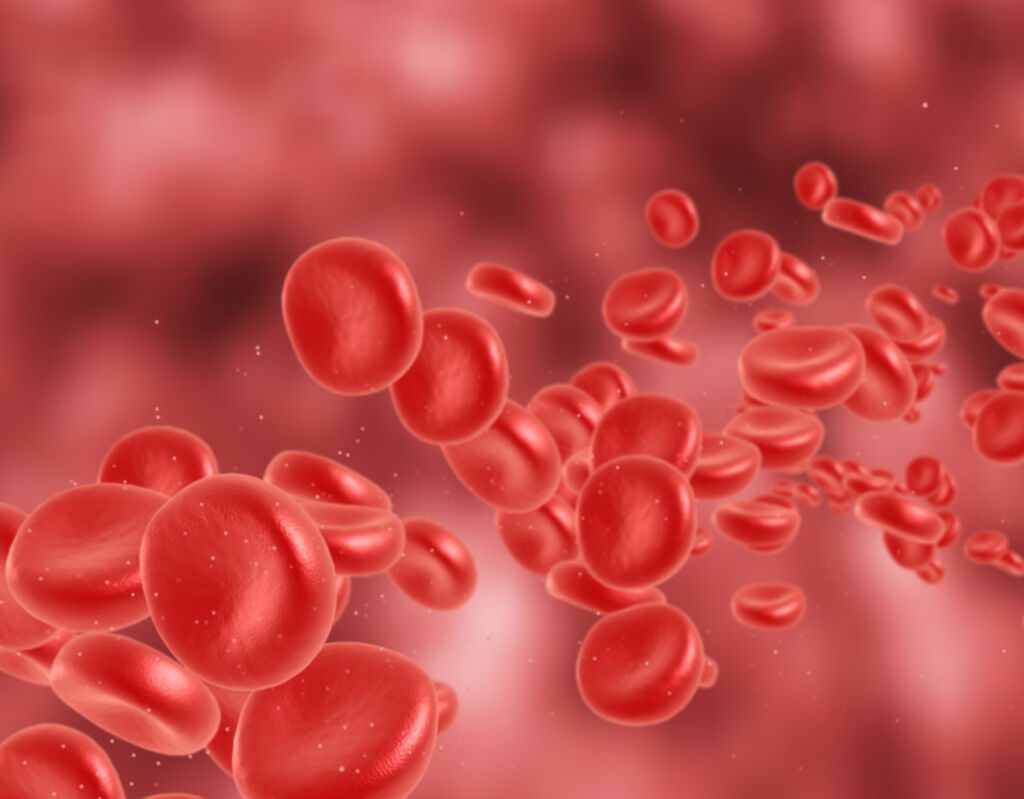
BLEEDING DISORDERS (HAEMOSTASIS)
Bleeding disorders, also known as haemostatic disorders, are conditions that affect the body’s ability to stop bleeding.
They manifest as excessive bleeding or a delay in the formation of blood clots. The most common types of bleeding disorders are haemophilia (treated in our haematology department) and von Willebrand’s disease.
Coagulation is a process in the body that allows wounds to heal by forming clots to stop bleeding, seal damaged blood vessels and bind torn tissue.
The process involves a number of steps, starting with the release of substances called clotting factors from blood platelets.
Clots form when these factors react with each other in a chain reaction.
If these substances are not made, are not released properly or do not work properly, the blood does not clot normally.
This can lead to excessive bleeding in the soft tissues, muscles or joints – even after minor injuries such as cuts, falls or sports injuries – which may require emergency surgery.
BLOOD AND BONE MARROW CANCERS
Blood and bone marrow cancers (diseases treated by our Haematology department) are diseases of the lymphatic system – tissues and organs, such as the spleen, that help your body fight infection.
Blood and bone marrow cancers often start in the blood cells or soft tissues inside the bones. Bone marrow cancers are also called myeloid leukaemias.
There are three main types: leukaemia, lymphoma and myeloma. Leukaemia is a cancer of white blood cells, lymphoma is a cancer of lymphocytes, and myeloma is a cancer of plasma cells in the bone marrow or elsewhere in the body.
Leukaemia can be treated with a combination of chemotherapy, radiotherapy and targeted therapy. Sometimes a stem cell transplant is needed.
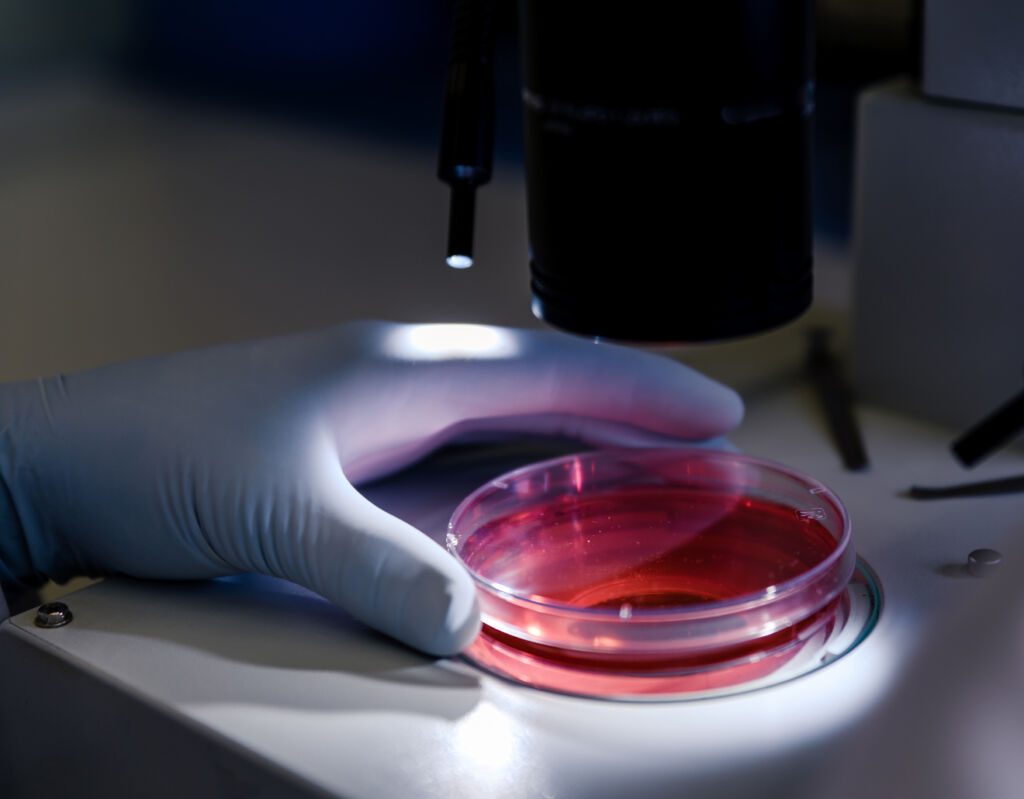
ANAEMIA
Anaemia (treated in our haematology department) is a condition in which the number of red blood cells, or haemoglobin, in the body is lower than normal. Red blood cells carry oxygen from the lungs to all parts of the body. People with anaemia may feel short of breath and tired.
It occurs when a person does not have enough iron or when the body does not make enough new red blood cells to replace those that die.
There are many causes of anaemia, including infections, certain medications, or nutrient deficiencies. Iron deficiency is one of the most common types of anaemia, but others include folic acid deficiency and vitamin B12 deficiency.
Our haematology specialists will be able to manage this type of condition and provide the best possible care.
WHAT IS LYMPHOMA?
Lymphoma is a type of cancer that develops in the body’s lymphatic system (treated in our haematology department), which is a complex network of vessels and lymph nodes that help to fight infections and other foreign substances in the body.
The lymphatic system consists of:
– Lymph nodes, which are small bean-shaped glands located under the skin and throughout the body, including the neck, armpits, chest and abdomen. They filter bacteria and other foreign substances from the blood.
– Lymph vessels, which carry lymph – a clear, protein-like fluid – around the body by pushing it through the lymph nodes.
– Tonsils and adenoids, which are part of the lymphatic system in the throat.
WHAT IS SPINAL APLASIA?
Aplasia is a condition where the bone marrow does not produce enough blood cells. This can lead to anaemia and other complications, including infections.
Aplasia is most commonly caused by radiation or chemotherapy to treat cancer. It can also be caused by genetic disorders, such as Fanconi anaemia, or inherited disorders of the immune system, such as Wiskott-Aldrich syndrome or severe combined immunodeficiency (DICS).
Aplasia can cause symptoms such as bleeding, bruising and tiredness. In the most severe cases, it can lead to fever, infection and difficulty breathing.
The most common treatment for bone marrow aplasia is medication to replace the missing blood cells. Bone marrow transfusions may also be used if the patient’s body does not have enough healthy stem cells to make new cells.
THROMBOCYTOPENIA
Thrombocytopenia is a condition in which the number of platelets in the blood is too low. Platelets are small cells that help the blood to clot. Platelets are important because they help to stop bleeding when a blood vessel is damaged.
The number of platelets can be measured with a blood test. The normal number of platelets is between 150,000 and 400,000 per microlitre of blood. The lower the platelet count, the higher the risk of bleeding.
Thrombocytopenia can be caused by other medical conditions or by taking certain medicines. It can also occur as part of immune thrombocytopenic purpura (ITP) or other immune disorders.
CANCERS OF THE LYMPHATIC SYSTEM
Cancers of the lymphatic system (treated in our haematology department) are rare, but affect a significant number of people. Approximately 50,000 people are diagnosed with lymphatic cancer each year.
The lymphatic system is a network of vessels that carry lymph fluid from the body’s tissues to the bloodstream. Lymph contains white blood cells that help fight infections and foreign substances in the body. The lymphatic system includes:
– Lymph nodes – small bean-shaped organs that filter bacteria, viruses and other foreign substances from the lymph fluid. Lymph nodes may be swollen or enlarged if there is an infection in the body.
– Spleen – an organ located under the ribcage on the left side of the abdomen that helps filter blood plasma into red blood cells and other components that can be used by the rest of the body.
– Thymus – an organ located behind the breastbone, at the base of the throat, where certain immune system cells develop before entering the bloodstream to fight infections elsewhere in the body.
We present to you some articles relating to pathologies treated in our Mediterranean clinic, with an effective and efficient medical and paramedical team.
Hematological diseases are a complex but essential subject to understand for anyone wishing to maintain their health.
Blood cancer, also known as leukemia, is a serious disease that affects blood cells. Learn about the causes, symptoms and treatment options for blood cancer in this article.
HAEMATOLOGY RELATED TESTS
CBC is the abbreviation for blood count and is a test that provides information about the number, type and characteristics of red blood cells, white blood cells and platelets. As well as giving an overview of your general health, this test can diagnose many conditions, including anaemia (lack of healthy red blood cells), infections and leukaemia.
A CBC is often ordered as part of a routine check-up or after a medical procedure. It is also used to monitor certain chronic diseases, such as cancer or kidney disease. If you have symptoms that suggest something is wrong with your blood, such as bruising or unexplained bleeding, ask your doctor to prescribe other tests in addition to the CBC.
A CBC measures different components of your blood:
– Red blood cells (RBCs). RBCs are made in the bone marrow and carry oxygen from the lungs to all parts of the body through tiny pores in the cell membrane called capillaries. Each RBC contains haemoglobin, which gives it its red colour. Haemoglobin also carries carbon dioxide to the lungs for exhalation. There are four types of human haemoglobin: A, B, AB and O. Anaemia is a condition in which there are too few RBCs per volume of blood. This happens when there is not enough haemoglobin or when there are not enough healthy red blood cells.
The erythrocyte sedimentation rate (supported by our Haematology Department) is a measure of how quickly red blood cells come out of solution and settle at the bottom of a test tube. It is used to help diagnose a number of conditions, including anaemia, infection and cancer.
The erythrocyte sedimentation rate is used to determine the presence and severity of infection. When an infection occurs, white blood cells (leukocytes) rush to the site of the wound and inflammation begins. As the white blood cells rush into the bloodstream, they collide with red blood cells, slowing or even stopping them.
In addition, some white blood cells clump together and try to fight the cause of the infection. The combination of slowing and clumping causes the red blood cells to move more slowly than normal. This slowing down is called the sedimentation rate.
The erythrocyte sedimentation rate is used as a screening test for inflammation or infection and can also be used to monitor the progress of certain diseases and conditions. For example, a high erythrocyte sedimentation rate may be seen in patients with rheumatoid arthritis, systemic lupus erythematosus (SLE), cancer and some infectious diseases.
Bone marrow puncture is a procedure to remove bone marrow fluid from inside the bone. This fluid, which is found in the centre of the bone, contains blood cells and other substances produced by the bone marrow.
A bone marrow puncture/ aspiration is usually done as part of a test called a bone marrow biopsy to look for cancer, infection, inflammation or other bone marrow problems. It may also be done as part of a blood test to check for certain types of anaemia (lack of healthy red blood cells).
How does a bone marrow aspiration procedure work?
During a bone marrow aspiration, your doctor will use a local anaesthetic to insert a needle into your hip bone or sternum. The doctor will then insert a long needle into your hip bone or sternum until it reaches the centre of the bone (the medullary cavity). This cavity contains a yellowish fluid called bone marrow. The doctor will then use a syringe to remove some of the fluid and send it to a laboratory for analysis.
A bone marrow biopsy involves taking several samples from different parts of the bone.
You ask, our teams answer.
F.A.Q
Haematology is the study of blood, bone marrow and other tissues involved in blood production. An haematologist is a doctor who specialises in diseases of the blood and hematopoietic organs, such as the spleen, bone marrow, lymph nodes and thymus.
Haematology is an area of clinical practice that includes the pathological diagnosis, treatment and prevention of various diseases related to blood cells and the systems that produce them. Haematologists also provide supportive care for patients with disorders that affect coagulation or bleeding mechanisms.
An haematologist is a doctor who specialises in diseases of the blood and hematopoietic organs, such as the spleen, bone marrow, lymph nodes and thymus. Haematologists also provide supportive care for patients with disorders that affect coagulation, bleeding, or clotting mechanisms.
An haematologists work primarily with patients who have cancerous or non-cancerous diseases that affect their blood cells or platelets. Haematologists also treat people with autoimmune diseases such as lupus or haemophilia, people with genetic disorders such as sickle cell disease or thalassaemia, people who have had organ transplants, and people with bleeding disorders.
The haematopoietic organs are the organs that make blood cells. They include the bone marrow, spleen and thymus. The term haematopoiesis refers to the formation (Greek: poiein) of blood cells.
Bone marrow is the soft tissue inside the bones where blood cells are made. Red blood cells are made in the red bone marrow. White blood cells are made in the white marrow. Platelets are made by megakaryocytes, which also come from the red bone marrow. The spleen filters old or damaged red blood cells from the circulation so that all three types of blood cells can be regenerated by the bone marrow when needed.
The thymus is a small organ behind the breastbone, just below the lungs, that produces T-lymphocytes (lymphocytes), which fight infection and cancer.
Blood clots are the result of a blood clotting disorder, which can be caused by genetics or trauma. They can also be caused by cancer and other diseases.
Blood clots can form in two ways:
– Internal blood clots are called thrombosis and usually occur inside blood vessels. This happens when blood thickens inside the vessel walls and slows down the flow. The swelling causes the walls to narrow and, if it is large enough, can stop blood flow altogether.
– External blood clots are called embolisms and occur when a piece of blood clot breaks off and travels through the bloodstream until it gets stuck somewhere else. This usually happens in an artery or vein close to where the clot formed, but it can sometimes travel further into the body before becoming lodged. It can block blood flow to an organ or even cause death if it is not treated quickly enough.
Haemophilia (treated in our Haematology department) is a bleeding disorder that prevents blood from clotting properly. People with haemophilia lack one of the proteins needed for normal blood clotting, so even a small cut can lead to prolonged bleeding. Haemophilia A is the most common form of haemophilia, accounting for 80% of all cases and affecting around 1 in 5,000 males born worldwide. About half of these cases are due to a deficiency of the clotting protein factor VIII, while the other half are due to a deficiency of the clotting protein factor IX.
Haemophilia B affects only males and is less common than haemophilia A. It is caused by a deficiency of coagulation factor IX (also known as Christmas disease) and accounts for about 20% of all cases worldwide. The symptoms and severity of haemophilia vary greatly from person to person, depending on the reduction or absence of the affected clotting factors.
Our other medical specialties
Our pulmonology team deals with everything related to the functioning of the respiratory system: lungs, bronchi, pleura and trachea. CHRONIC…
Paediatrics is a branch of medicine concerned with the study, diagnosis, treatment and prevention of childhood diseases. NEONATOLOGY Neonatology (also…
Our oncology teams are responsible for the investigation, diagnosis and treatment of cancer. DIAGNOSIS The suspicion of cancer is based…
Neurology is a medical speciality that focuses on the diagnosis and treatment of disorders of the nervous system. DISEASES OF…
The Nephrology and Dialysis department treats all kidney diseases and conditions associated with chronic kidney disease. DIABETIC NEPHROPATHY AND RENAL…
In our gynaecology and obstetrics department, gynaecological follow-up is the key factor to a better women’s health. BIRTH We take…
Gastroenterology (part of Gastroenterology and Hepatology department) is concerned with the study, diagnosis and treatment of diseases of the digestive…
Endocrinology (part of the Department of Endocrinology and Diabetology) is a medical speciality that deals with the body’s hormonal systems….
Our cardiology teams provide medical diagnosis and treatment for congenital heart disease, coronary artery disease, heart failure, valvular heart disease…


